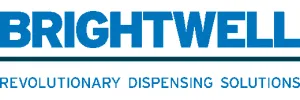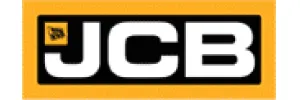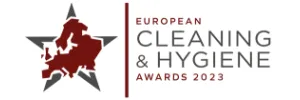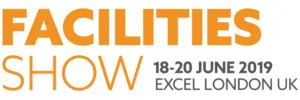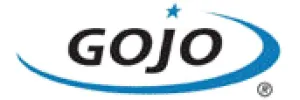News & Insights
Read the latest news from us and our clients across the globe

Posted on 3 August 2011 by adtrak.admin
Working at Height Best Practice
Matthew Johnson, managing director of CAM Specialist Support reviews working at height practices, which are being professionalised through training and modern standards.
Changes to working at height
New, safer and more technically advanced methods of working at height have been developed since the Work at Height Regulations 2005, amended by the Work at Height (Amendment) Regulations 2007 came into force. For example, water fed pole systems have replaced cleaning with ladders for work of up to 60 feet and technically advanced suspended access equipment such as cradles, mobile elevated work platforms, temporary scaffolds and rope access enable buildings to be cleaned and maintained safely.
One of the key legal requirements of the regulations is for competent, well trained people to plan, organise, supervise and carry out work at height. The Regulations “apply to all work at height where there is a risk of a fall liable to cause personal injury.”
Breadth of work at height
Cleaning and maintaining buildings often involves the need to work at height. The obvious requirement that springs to mind is window cleaning; however there is a much broader range of complex building support services which involves the need to work at high levels. This includes gutter clearances, bird proofing, roof repairs, cleaning of extractor vents and building inspections including surveys and specialist reports.
Risk assessments and emergency planning
The Work at Height regulations include planning for emergencies and rescue situations, which has made operating at height safer and more professional.
Risk assessment should always be carried out to ensure the safest way of working and any rescue plan should be site specific and detailed. CAM Specialist Support has been working with a diverse range of companies to anticipate and prevent their particular potential working at height risks. By its very nature, a rescue plan is only called upon in an emergency, so contractors must carry out regular practice sessions and refresher training to ensure that their operatives will react swiftly and appropriately should an emergency situation arise.
Duty holders need to satisfy themselves when appointing a specialist contractor that these emergency procedures are in place and well resourced. This is essential for the safety of themselves and the general public.
Accredited Training
There are a number of associations that promote a safe environment for the operation of specialist work at height equipment such as the Industrial Rope Access Trade Association (IRATA), the International Powered Access Federation (IPAF) for powered equipment and PASMA, the lead trade association in Europe for the mobile access tower industry. Duty holders should choose a reputable provider which holds these training accreditations, indicating that it has invested heavily in training and safety.
CAM Specialist Support arranges a wide range of training courses, provided by a team of experts including Ladder Association training courses, Mobile Elevated Work Platforms (MEWP) Operator and Demonstrator Courses and IOSH accredited Federation of Window Cleaner’s courses. In addition, our company provides professional consultancy services including site audits, cleanability audits, access strategy reports, risk assessments and method statements written to help operatives work safely and minimise risks identified in the risk assessment.
Industry best practice is providing safer methods of cleaning and maintaining buildings whilst working at height, ensuring that the cleaning industry meets complex building support requirements with expertise and trained, professional staff.
Experts in Public Relations Services & Communications Management
Our ServicesGenuine industry specialists in cleaning and hygiene, environmental and recycling, and facilities management
Our Sectors
